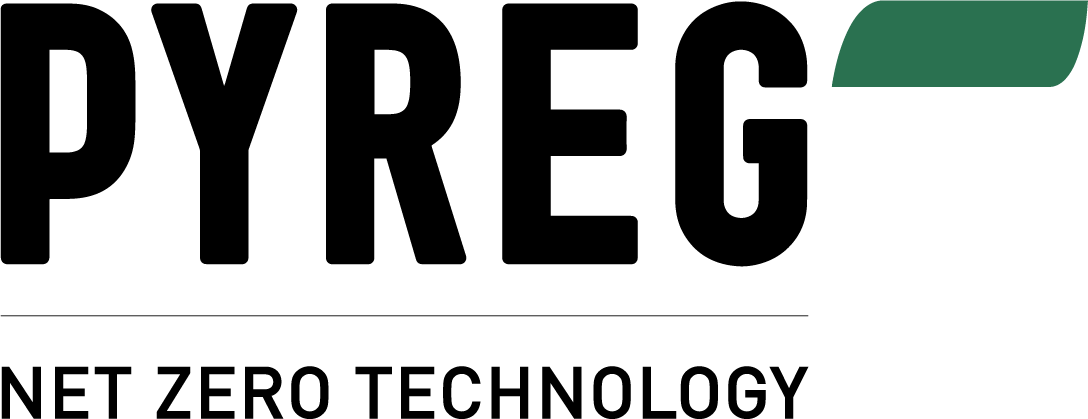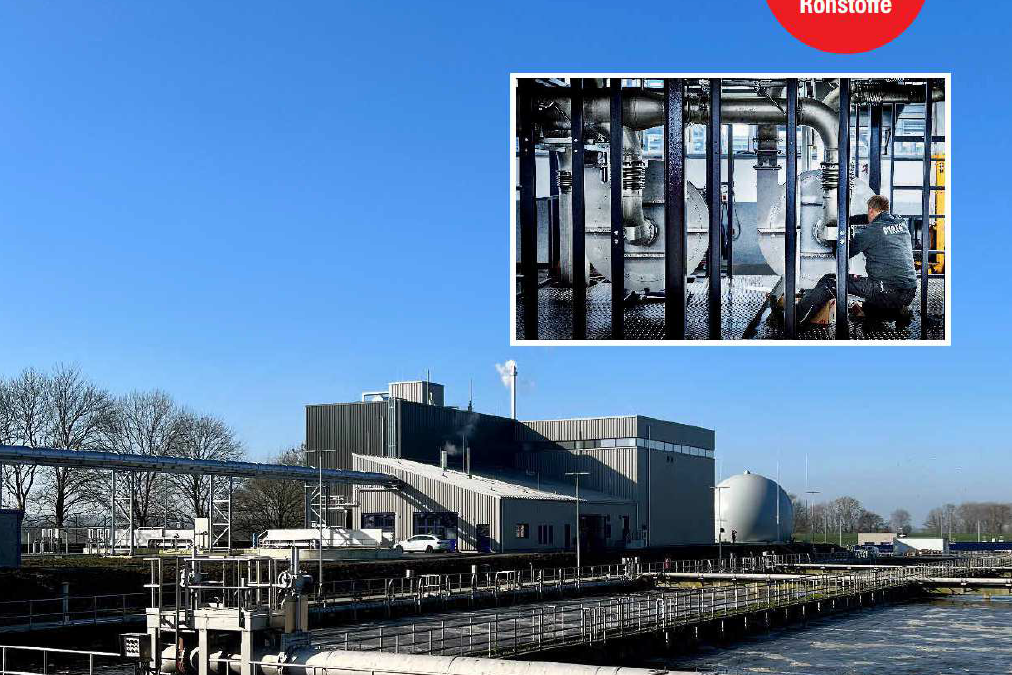
Mai 12, 2023 | biochar, biosolids, Klärschlamm, PFAS, phosphorus fertilizer
Phosphordünger-Karbonisate aus Klärschlämmen sind eine umwelt- und klimaschützende Lösung, die Kreisläufe schließt. Sogar gesundheitsschädliche PFAS, Mikroplastik und andere Schadstoffe werden eliminiert. Zugleich bleibt der Phosphor...
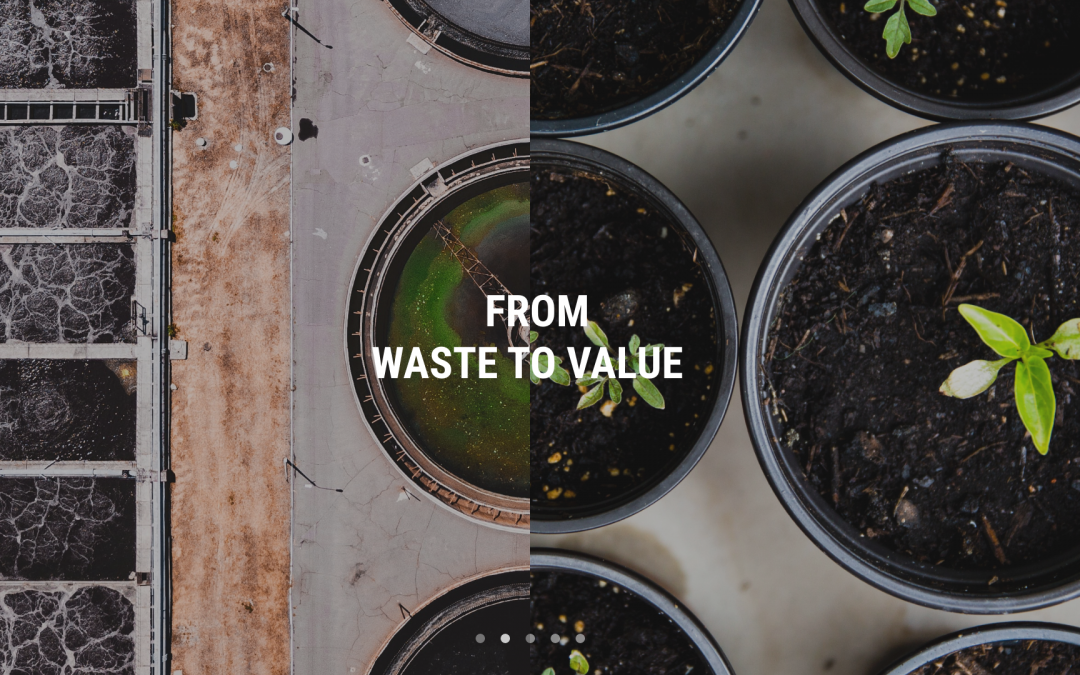
Jul 19, 2022 | Pflanzenkohle, Klärschlamm, Pflanzenkohle, phosphorus fertilizer, phosphorus fertilizer, Pyrolyse, Pyrolyse, Klärschlamm
The Danish EPA gives green light for application of biochar from sewage sludge for use in farming: Biochar from sewage sludge can now be used as a fertilizer. If the pyrolysis takes place at temperatures > 500˚C for more than 3 minutes, and the process...
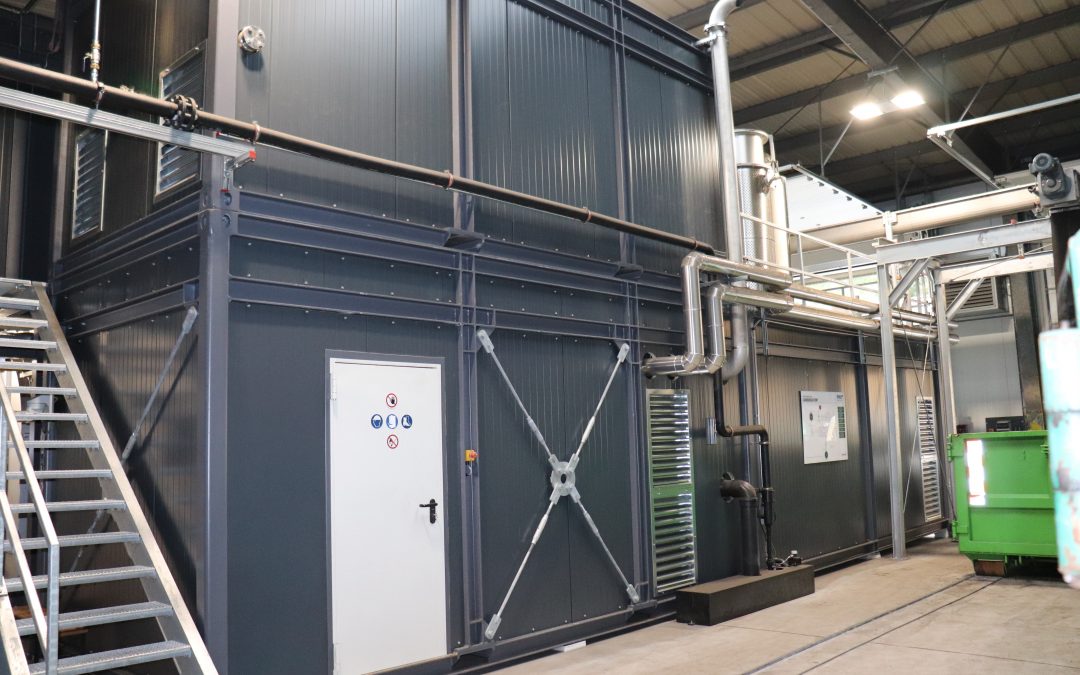
Feb 1, 2022 | biosolids, Klärschlamm, Pflanzenkohle, Unkategorisiert
With the PYREG PX 750, the Abwasserverband Main-Taunus has commissioned the worldwide most advanced carbonization and phosphorus recovery plant. From now on, municipal sewage sludge is sanitized and recycled into phosphorus fertilizer on site in...
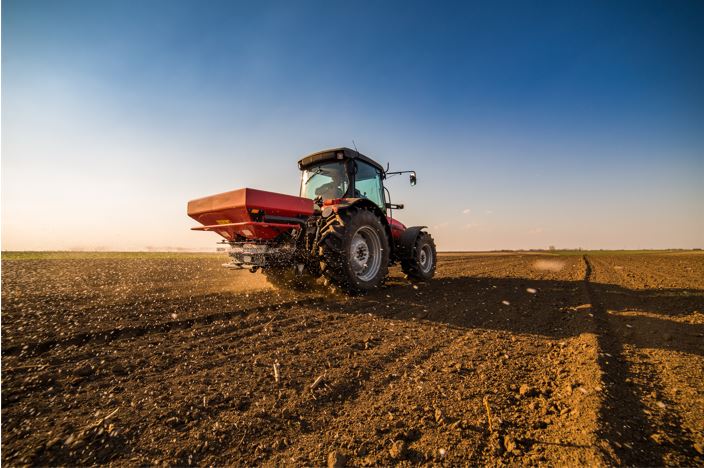
Okt 27, 2021 | biosolids, climate change, GWP, Klärschlamm, net-zero, Pflanzenkohle
PYREG Biochar from biosolids proves a negative global warming potential by a factor of 10 compared to conventional fertilizer. In a 2019 study by the German Federal Environmental Agency, the result is that conventional fertilizer production in Germany emits...
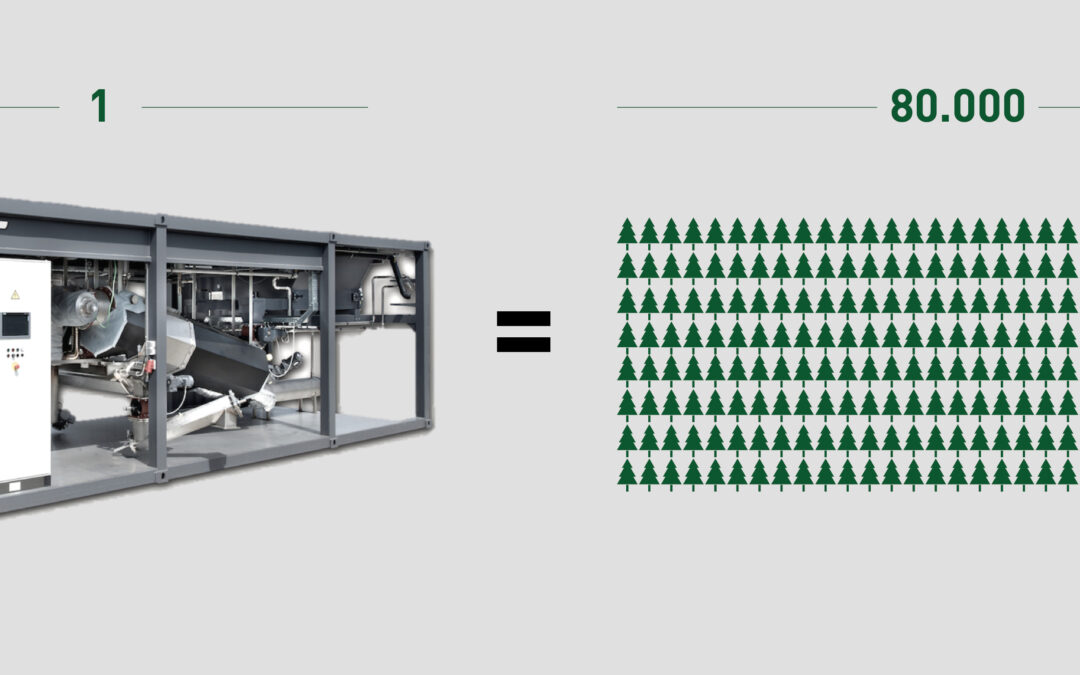
Feb 3, 2021 | Bioenergie, Biomasse, Co2-Footprint, Klärschlamm, Pflanzenkohle, Unkategorisiert
Today, more than ever, companies are faced with rising waste disposal costs and legislation aimed at reducing waste, while encouraging recycling. Furthermore, companies are being challenged by governments and consumers, to demonstrate lower...
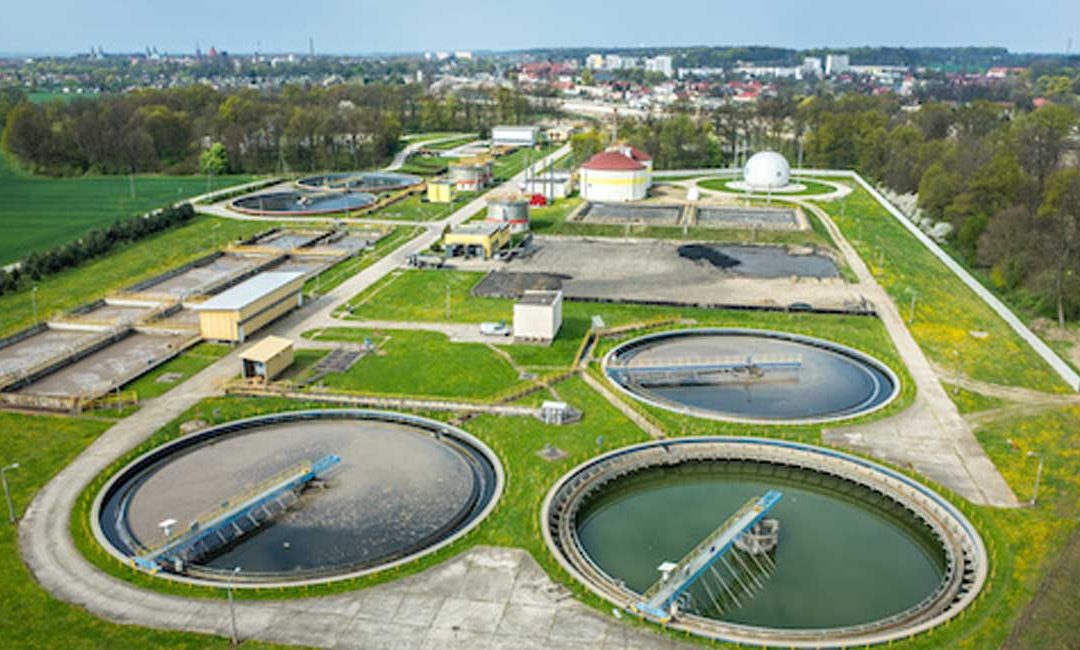
Dez 20, 2019 | Klärschlamm, Unternehmen
Ab 2029 sind in Deutschland grundsätzlich alle Kläranlagenbetreiber zur Phosphorrückgewinnung verpflichtet. Dafür müssen die Betreiber bereits jetzt die (technischen) Weichen stellen. Das UBA (Umweltbundesamt) hat deshalb jüngst nochmals alle...







